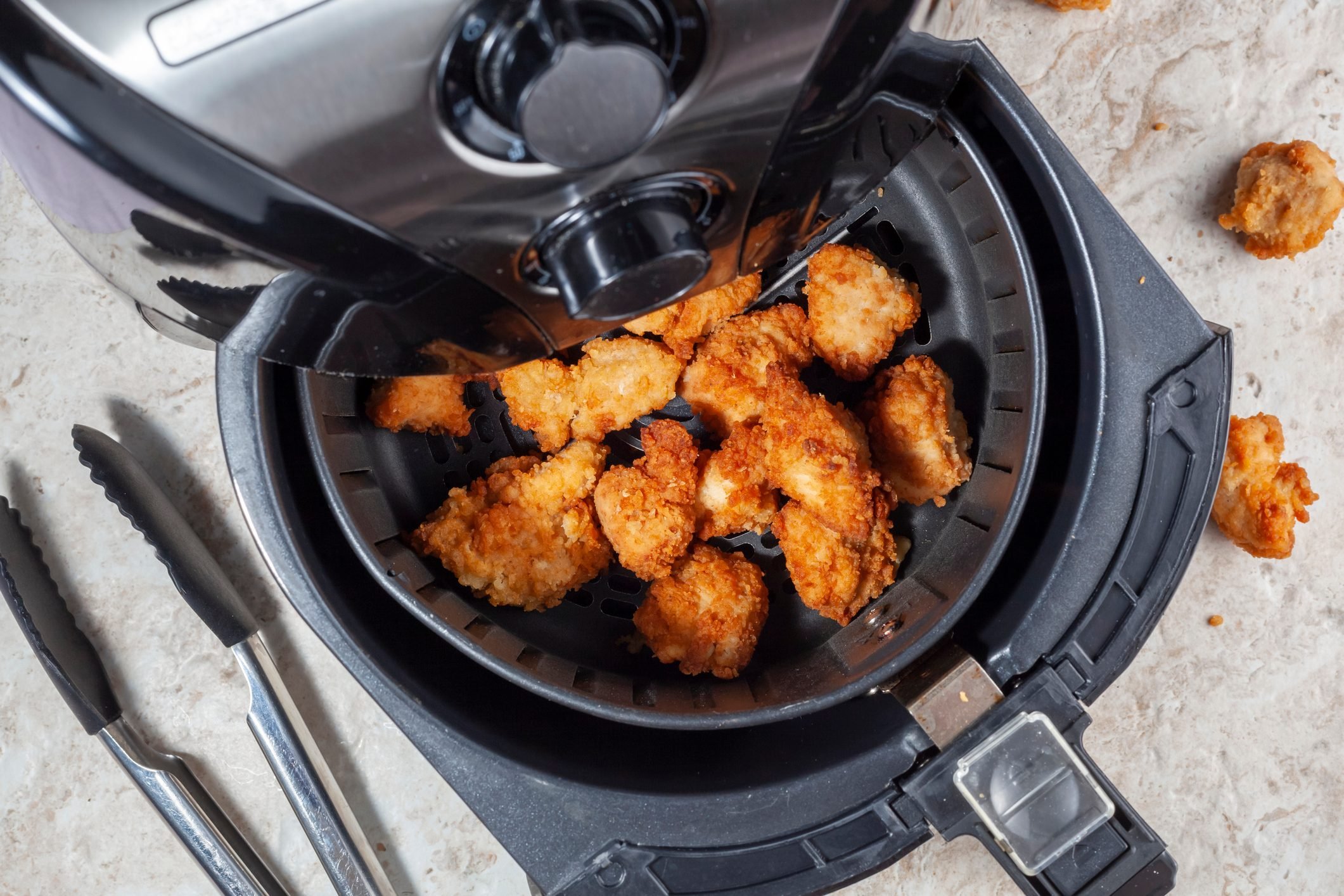

Articles
How Does A Air Fryer Work
Modified: January 19, 2024
Discover how air fryers work and the benefits of using one. Read our informative articles to learn more about this popular kitchen appliance.
(Many of the links in this article redirect to a specific reviewed product. Your purchase of these products through affiliate links helps to generate commission for Storables.com, at no extra cost. Learn more)
Introduction
Welcome to the world of air fryers! In recent years, air fryers have taken the culinary world by storm, revolutionizing the way we cook our favorite foods. These innovative kitchen appliances offer a healthier alternative to traditional deep frying, allowing you to enjoy crispy and delicious meals with less guilt. But have you ever wondered how an air fryer actually works? In this article, we will explore the fascinating technology behind air fryers and unravel the mystery of their cooking process.
Before we dive into the mechanics of air fryers, let’s briefly go over what they are. An air fryer is essentially a compact countertop appliance that uses hot air circulation to cook food. Designed to mimic the results of deep frying without the need for excessive amounts of oil, air fryers offer a healthier and more convenient cooking method. They have gained popularity for their ability to crisp foods like French fries, chicken wings, and even desserts, all while keeping the calorie count lower than traditional frying methods.
At the heart of an air fryer’s functionality is its heating mechanism. Unlike deep fryers that rely on immersing food in hot oil, air fryers utilize a powerful heating element and a high-speed fan to circulate hot air around the cooking chamber. This creates the perfect environment for achieving a crispy exterior while maintaining a tender and juicy interior.
Key Takeaways:
- Air fryers use Rapid Air Technology to circulate hot air at high speeds, delivering crispy and flavorful meals with less oil. They offer a healthier, faster, and more energy-efficient cooking alternative to traditional frying methods.
- Considerations when using an air fryer include proper food preparation, seasoning and oil usage, and monitoring the cooking process. By following these tips, you can ensure safe and optimal results while enjoying the convenience and versatility of air frying.
Read more: How Does A Cassette Toilet Work
Overview of Air Fryers
Air fryers typically feature a compact design, making them perfect for small kitchens or individuals with limited counter space. They consist of a cooking chamber, a heating element, a fan, and a control panel. The cooking chamber is where you place your food, and it is usually lined with a non-stick coating to prevent sticking and make cleaning a breeze.
The heating element is responsible for generating the heat needed to cook the food, while the fan helps distribute the hot air evenly throughout the cooking chamber. The control panel, often located on the top or front of the appliance, allows you to adjust the temperature and cooking time according to the recipe requirements.
One of the key features that sets air fryers apart from traditional ovens or convection ovens is their use of Rapid Air Technology. This advanced technology ensures that the hot air is circulated rapidly and evenly, resulting in quick and efficient cooking. By circulating the air at high speeds, the food is exposed to intense heat from all angles, leading to a faster cooking time compared to conventional ovens.
In addition to the heating mechanism, air fryers also have a built-in exhaust system that helps remove any excess moisture or odors during the cooking process. This ensures that your food comes out crispy and flavorful without any unwanted sogginess.
Heating Mechanism in Air Fryers
The heating mechanism in air fryers is designed to produce and distribute intense heat evenly throughout the cooking chamber. This process allows the food to cook quickly and evenly, resulting in a crispy exterior and a tender interior.
The main component responsible for generating heat in an air fryer is the heating element, typically located at the top of the appliance. This element produces a high amount of heat that is evenly distributed by the fan. As the air is forced into the cooking chamber, it comes into contact with the heating element and becomes hot.
The heated air is then circulated at a high speed around the food, cooking it from all angles. This rapid circulation of hot air ensures an even and thorough cooking process, eliminating the need to flip or turn the food to achieve uniform results.
The precise temperature control feature of air fryers allows you to adjust the heat to suit different types of food. Most air fryers come with temperature settings ranging from 180 to 400 degrees Fahrenheit (82 to 204 degrees Celsius). This flexibility gives you the freedom to cook a wide variety of recipes, from crispy fries to juicy chicken and even delicate pastries.
It is important to note that the cooking time may vary depending on the specific recipe and the quantity of food being cooked. However, on average, air fryers tend to cook food faster than traditional ovens or deep fryers due to their efficient heating mechanism.
Overall, the heating mechanism in air fryers ensures that the food is cooked thoroughly, with a delicious crispy texture on the outside and a moist and tender inside. This technology eliminates the need for excessive amounts of oil while still delivering the desired results, making air fryers a healthier and more convenient cooking option.
Rapid Air Technology
Rapid Air Technology is a key feature that sets air fryers apart from other cooking appliances. This innovative technology is responsible for creating the perfect cooking environment inside the air fryer, resulting in fast, efficient, and deliciously crispy meals.
The concept behind Rapid Air Technology is simple: it utilizes hot air circulated at high speed to cook the food. This rapid circulation of hot air ensures that the food is evenly cooked, allowing it to achieve a crispy exterior while retaining its moisture and tenderness.
Inside the air fryer, the heating element generates the necessary heat, while the fan redistributes the hot air throughout the cooking chamber. The combination of heat and rapid air circulation creates a convection effect, similar to a convection oven.
As the hot air circulates around the food, it transfers heat energy to the food’s surface, causing the Maillard reaction to occur. The Maillard reaction is a chemical reaction that gives food its characteristic browning and crispy texture. It involves the interaction of amino acids and reducing sugars present in the food, resulting in the formation of flavorful compounds and a visually appealing crust.
The high-speed airflow in air fryers ensures that the food is cooked evenly from all sides. Unlike traditional deep frying, where the food is submerged in oil, the hot air in an air fryer reaches all parts of the food, resulting in a consistent and crispy texture throughout.
In addition to cooking, the rapid air circulation also aids in moisture extraction. As the food cooks, any excess moisture is carried away by the circulating hot air, preventing the food from becoming soggy. This moisture removal process ensures that the food achieves optimal crispiness and avoids any unwanted greasiness.
Rapid Air Technology not only speeds up the cooking process but also reduces the overall amount of oil needed for cooking. Traditional deep frying typically requires a significant amount of oil to immerse the food completely. In contrast, air fryers only require a small amount of oil, if any at all, to achieve that desired crispy texture. This makes air frying a healthier alternative to traditional frying methods.
Overall, Rapid Air Technology plays a crucial role in air fryers, delivering fast, efficient, and evenly cooked meals with a crispy exterior and moist interior. It’s the secret behind the tantalizingly delicious and guilt-free dishes that air fryers are known for.
When using an air fryer, make sure to preheat it for a few minutes before adding your food. This helps to ensure even cooking and crispy results.
Cooking Process in an Air Fryer
The cooking process in an air fryer is quite straightforward and easy to follow. Whether you’re a novice cook or a seasoned chef, using an air fryer can simplify your cooking experience and help you achieve delicious and crispy results.
To begin the cooking process, preheat your air fryer by setting the desired temperature on the control panel. It’s important to preheat the air fryer to ensure that the food cooks evenly and retains its texture. Most air fryers come with a preheat function that takes just a few minutes to reach the desired temperature.
Next, prepare your food for cooking. This may involve lightly seasoning the food, marinating it, or simply placing it in the air fryer as is. You can use a small amount of oil if desired or follow recipes that specifically call for it. However, it’s important to note that air fryers can achieve a crispy texture without excessive oil, making them a healthier alternative to deep frying.
Once your food is prepared, place it in the cooking chamber of the air fryer. It’s essential to arrange the food in a single layer to ensure that the hot air can circulate around each piece evenly. Avoid overcrowding the cooking chamber, as this may lead to uneven cooking and a less crispy result.
Set the cooking time and temperature according to the recipe or your preference. Most air fryers come with preset cooking modes for popular dishes like fries, chicken, fish, and more. However, you can also customize the time and temperature settings to suit your specific needs.
When the cooking process starts, the air fryer’s heating element generates the required heat, and the fan begins to circulate the hot air at a high speed. The hot air cooks the food from all sides, ensuring an even and thorough cooking process.
Depending on the type of food and the recipe, you may need to shake or flip the food halfway through the cooking process. This helps to ensure that all sides of the food are evenly exposed to the hot air and results in a uniformly crispy texture.
Once the cooking time is complete, carefully remove the food from the air fryer. Use oven mitts or tongs to avoid burns, as the cooking chamber and tray can be extremely hot. Allow the food to cool slightly before serving to prevent any burning sensations.
One of the advantages of air fryers is their easy cleanup. Most air fryer models come with a removable cooking tray or basket that can be easily washed by hand or in the dishwasher. The non-stick coating inside the cooking chamber also facilitates quick and effortless cleaning.
With the cooking process in an air fryer, you can enjoy deliciously crispy meals without the excess oil and mess associated with traditional deep frying. Whether you’re whipping up French fries, chicken wings, or even homemade desserts, the air fryer’s efficient cooking process will help you achieve the perfect balance of crispiness, flavor, and convenience.
Read more: How Does A Rv Toilet Work
Benefits of Using an Air Fryer
Using an air fryer comes with a plethora of benefits that make it an attractive addition to any kitchen. From healthier cooking options to convenience and versatility, here are some of the key benefits of using an air fryer:
1. Healthier Cooking: One of the primary advantages of air fryers is their ability to cook food with significantly less oil. By using hot air circulation instead of deep frying in oil, air fryers can achieve a crispy texture while reducing the overall fat content of the food. This makes air frying a healthier alternative to traditional frying methods.
2. Reduced Calorie Intake: Since air fryers require less oil for cooking, you can enjoy your favorite crispy foods with fewer calories. By cutting back on the oil, you can still indulge in dishes like French fries, chicken wings, and onion rings without the guilt.
3. Versatile Cooking Options: Air fryers are incredibly versatile appliances that can handle a wide range of foods. From frying and baking to grilling and roasting, an air fryer can become your go-to kitchen companion for various recipes. Many air fryers also come with preset cooking modes for specific dishes, making it even easier to achieve perfect results.
4. Fast Cooking Time: Air fryers cook food faster than traditional ovens or stovetop methods. The rapid air circulation and efficient heating mechanism in air fryers reduce cooking times, allowing you to enjoy your meals in less time. This can be a real time-saver for busy individuals or families with hectic schedules.
5. Crispy Texture: Air fryers excel at providing crispy and crunchy textures to food without the need for excessive oil. Whether it’s fries, chicken, or even desserts, air fryers can achieve the perfect balance of a crispy exterior and a tender interior.
6. Energy Efficiency: Air fryers are designed to be energy-efficient, requiring less energy to cook food compared to conventional ovens or stovetops. The heating mechanism and rapid air circulation in air fryers minimize energy consumption while still delivering excellent cooking results.
7. Easy to Clean: Most air fryers have removable trays or baskets that are dishwasher-safe, making them incredibly easy to clean. The non-stick coatings inside the cooking chamber also make cleanup a breeze. This saves you time and effort compared to cleaning up after deep frying.
8. Odor Control: Air fryers come with built-in exhaust systems that help remove excess odors during the cooking process. This prevents your kitchen from being filled with the lingering smell of fried food, making air frying a more pleasant experience.
9. Safety Features: Air fryers are equipped with safety features to ensure worry-free cooking. They often have automatic shut-off functions, timers, and temperature controls to prevent overcooking or overheating. Additionally, air fryers remain cool to the touch on the outside during operation, reducing the risk of accidental burns.
10. Compact Size: Air fryers are typically compact and take up minimal counter space. This makes them ideal for small kitchens, dorm rooms, or any space-constrained environment. Their portability also allows you to easily move them around or store them when not in use.
Overall, the benefits of using an air fryer range from healthier cooking options and reduced calorie intake to convenience, versatility, and energy efficiency. By employing innovative technology and efficient cooking methods, air fryers provide an excellent alternative to traditional frying methods without sacrificing taste or texture.
Considerations When Using an Air Fryer
While using an air fryer can bring many benefits to your cooking routine, it’s important to keep a few considerations in mind to ensure optimal results and safe operation. Here are some important factors to consider when using an air fryer:
1. Cooking Capacity: Air fryers come in different sizes, ranging from compact models to larger ones. It’s essential to consider the cooking capacity of the air fryer and ensure it meets your needs. If you have a larger family or frequently cook for a group of people, a larger-sized air fryer may be more suitable.
2. Preheating: Preheating the air fryer before cooking is crucial to ensure even cooking and achieve the desired results. Most air fryers have a preheat function that takes a few minutes to reach the desired temperature. Be sure to factor in the preheating time when planning your cooking schedule.
3. Food Preparation: Properly preparing the food you plan to cook in the air fryer is essential for optimal results. Ensure that the food is cut into even pieces and not overcrowded in the cooking basket or tray. This allows for proper air circulation and ensures even cooking.
4. Seasoning and Oil Usage: While air fryers require significantly less oil than traditional frying methods, using some oil or cooking spray can enhance the crispness and flavor of the food. It’s important to follow the recommended amounts of oil or seasoning in recipes to avoid excessive use, which may affect the cooking outcome.
5. Shaking or Flipping: Depending on the type of food you’re cooking, shaking or flipping the food halfway through the cooking process can help ensure even cooking and achieve a crispy texture on all sides. It’s important to refer to specific recipes or manufacturer guidelines for guidance on when and how to shake or flip the food.
6. Temperature and Time Adjustments: While air fryers come with preset cooking modes, it’s important to adjust the temperature and cooking time based on the specific recipe and desired results. Factors such as the thickness of the food and personal preferences may require slight adjustments to achieve optimal cooking outcomes.
7. Monitoring the Cooking Process: It’s important to keep an eye on the cooking process when using an air fryer. This allows you to monitor the food’s progress, make any necessary adjustments, and prevent overcooking. Some air fryers come with transparent viewing windows, making it easier to keep an eye on the food.
8. Safety Precautions: Like any cooking appliance, safety should be a priority when using an air fryer. It’s important to read and follow the manufacturer’s instructions and safety guidelines. Avoid placing the air fryer near flammable materials, ensure it is on a stable and heat-resistant surface, and use oven mitts or tongs when handling hot food or accessories.
9. Cleaning and Maintenance: Regular cleaning and maintenance of the air fryer are crucial for its longevity and optimal performance. Most air fryers have removable parts that are dishwasher-safe, making cleaning a breeze. It’s important to follow the manufacturer’s instructions for cleaning and maintenance to ensure the continued efficiency and safety of the appliance.
10. Experimentation: Lastly, don’t be afraid to experiment with different recipes and cooking techniques in your air fryer. Each air fryer may have slightly different capabilities and cooking times, so it’s important to get familiar with your specific model and adjust accordingly to achieve optimal results.
By considering these factors when using an air fryer, you can ensure a safe cooking experience and achieve deliciously crispy and flavorful results with your favorite recipes. Enjoy exploring the versatility and convenience of air frying while maintaining a healthy and enjoyable cooking routine.
Conclusion
Air fryers have revolutionized the way we cook by offering a healthier alternative to traditional frying methods. With their innovative technology and efficient cooking process, air fryers provide a convenient and versatile way to achieve crispy and delicious meals without the excessive use of oil.
By utilizing Rapid Air Technology, air fryers circulate hot air at high speeds, ensuring even cooking and a crispy texture. This technology, combined with the precise temperature control and fast cooking times, allows you to enjoy your favorite dishes in a fraction of the time it would take with conventional methods.
The benefits of using an air fryer extend beyond just healthier cooking. With reduced calorie intake, versatility in cooking options, and ease of cleanup, air fryers offer a convenient solution for a wide range of recipes, from fries and chicken wings to desserts and more. Plus, their compact size makes them suitable for any kitchen space.
While using an air fryer, it’s important to consider factors such as cooking capacity, preheating, proper food preparation, seasoning and oil usage, monitoring the cooking process, and following safety precautions. These considerations will help ensure optimal results and a safe cooking experience.
In conclusion, air fryers have become must-have appliances in modern kitchens due to their ability to create crispy and delicious meals with less oil. They provide a healthier alternative to deep frying while maintaining the desired texture and flavor. By embracing the versatility and convenience of air fryers, you can indulge in your favorite crispy treats guilt-free and embark on a culinary journey filled with endless possibilities.
So why not give an air fryer a try and experience the joy of healthier and flavorful cooking? Your taste buds and your waistline will thank you.
Frequently Asked Questions about How Does A Air Fryer Work
Was this page helpful?
At Storables.com, we guarantee accurate and reliable information. Our content, validated by Expert Board Contributors, is crafted following stringent Editorial Policies. We're committed to providing you with well-researched, expert-backed insights for all your informational needs.
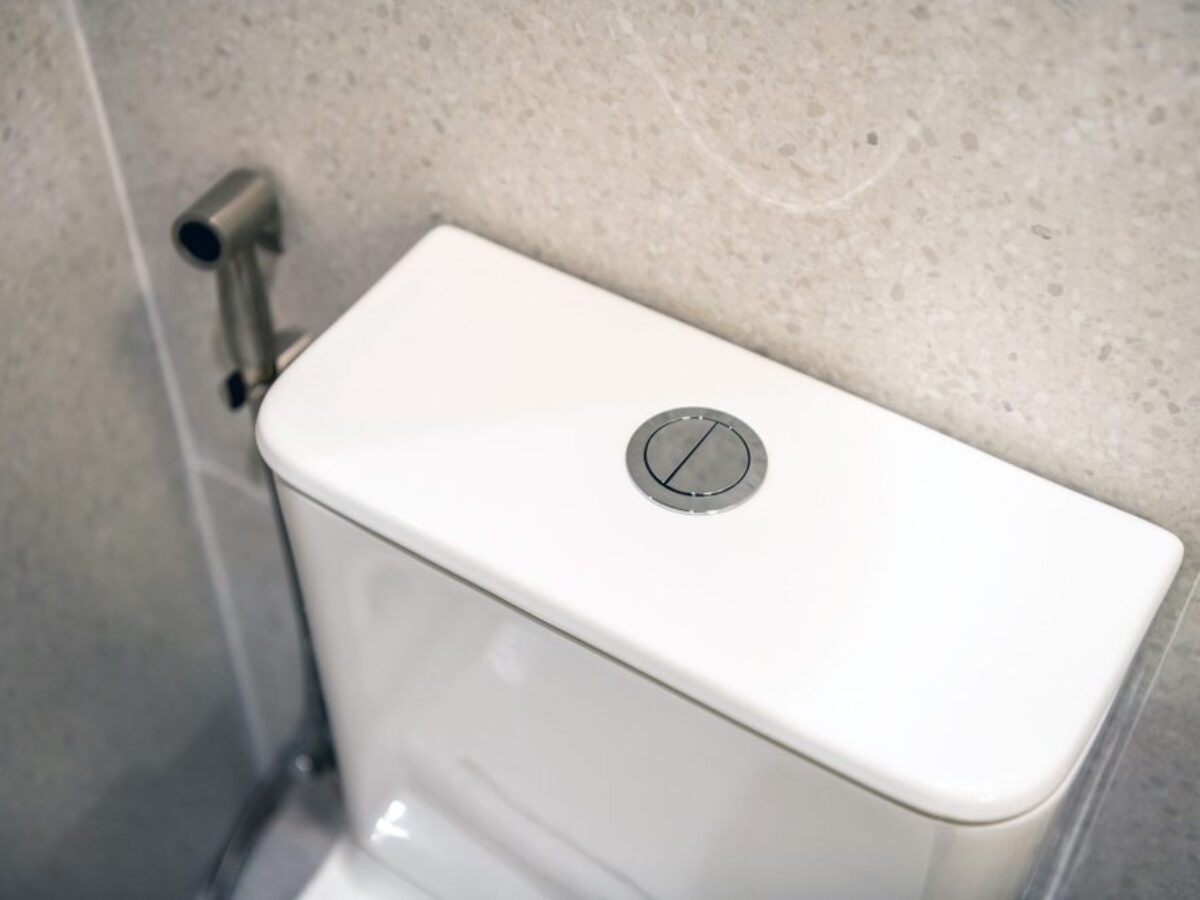
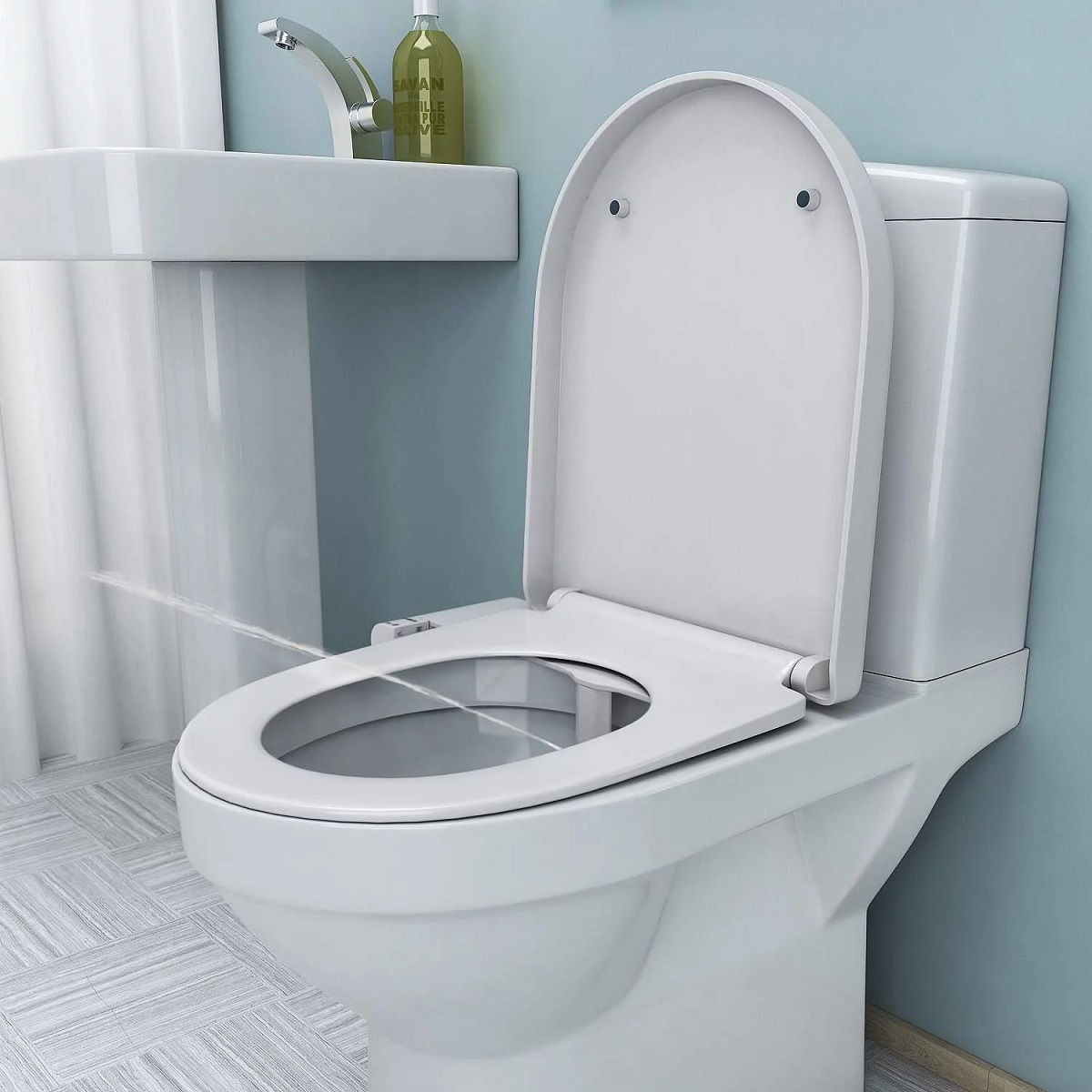
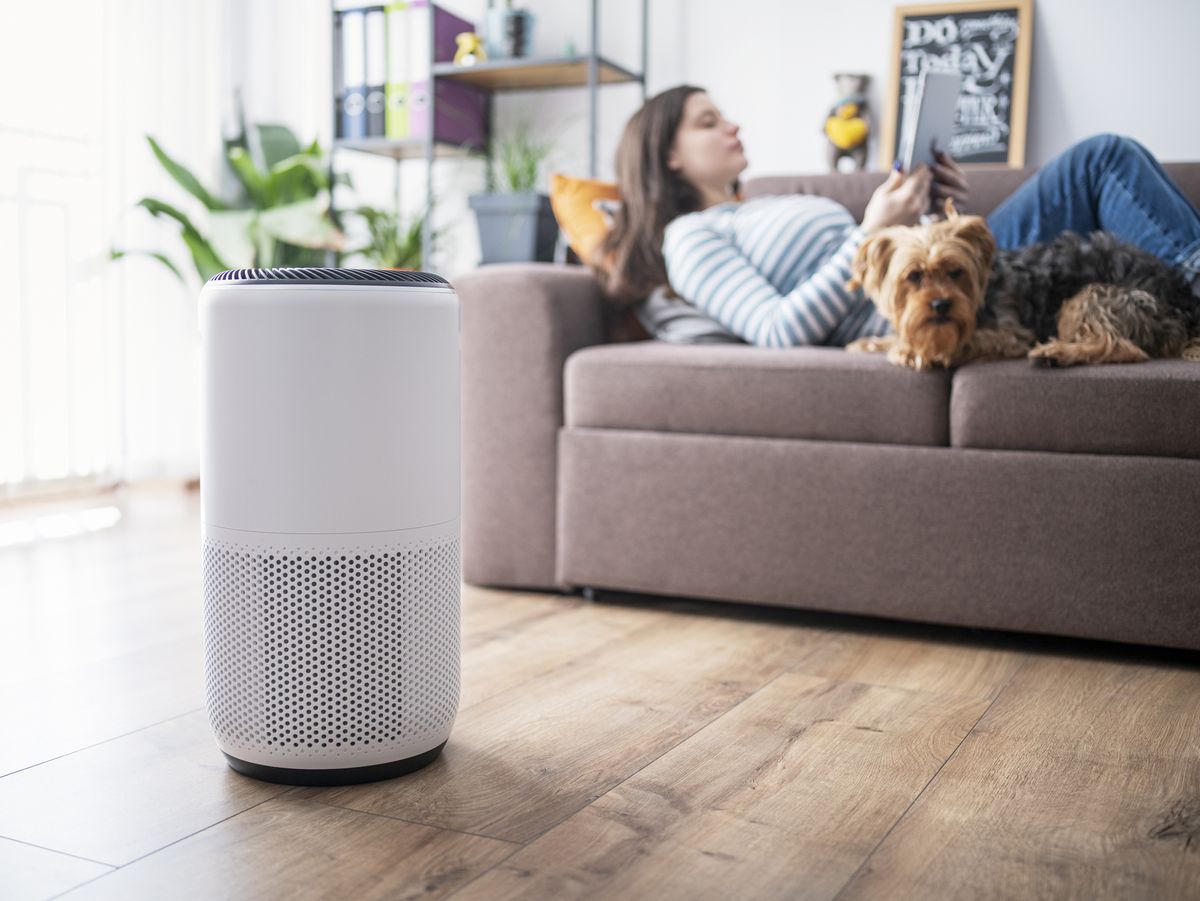

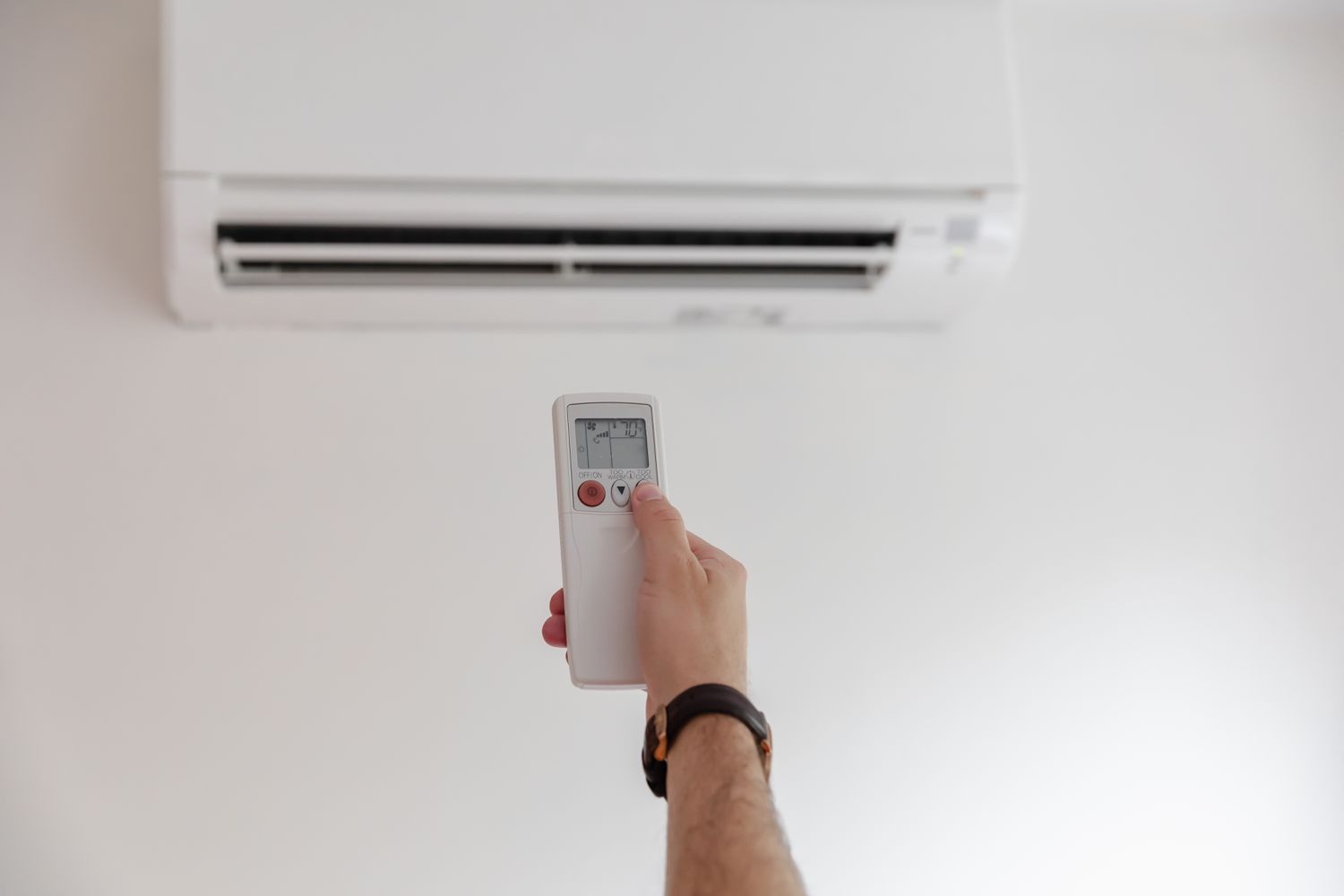
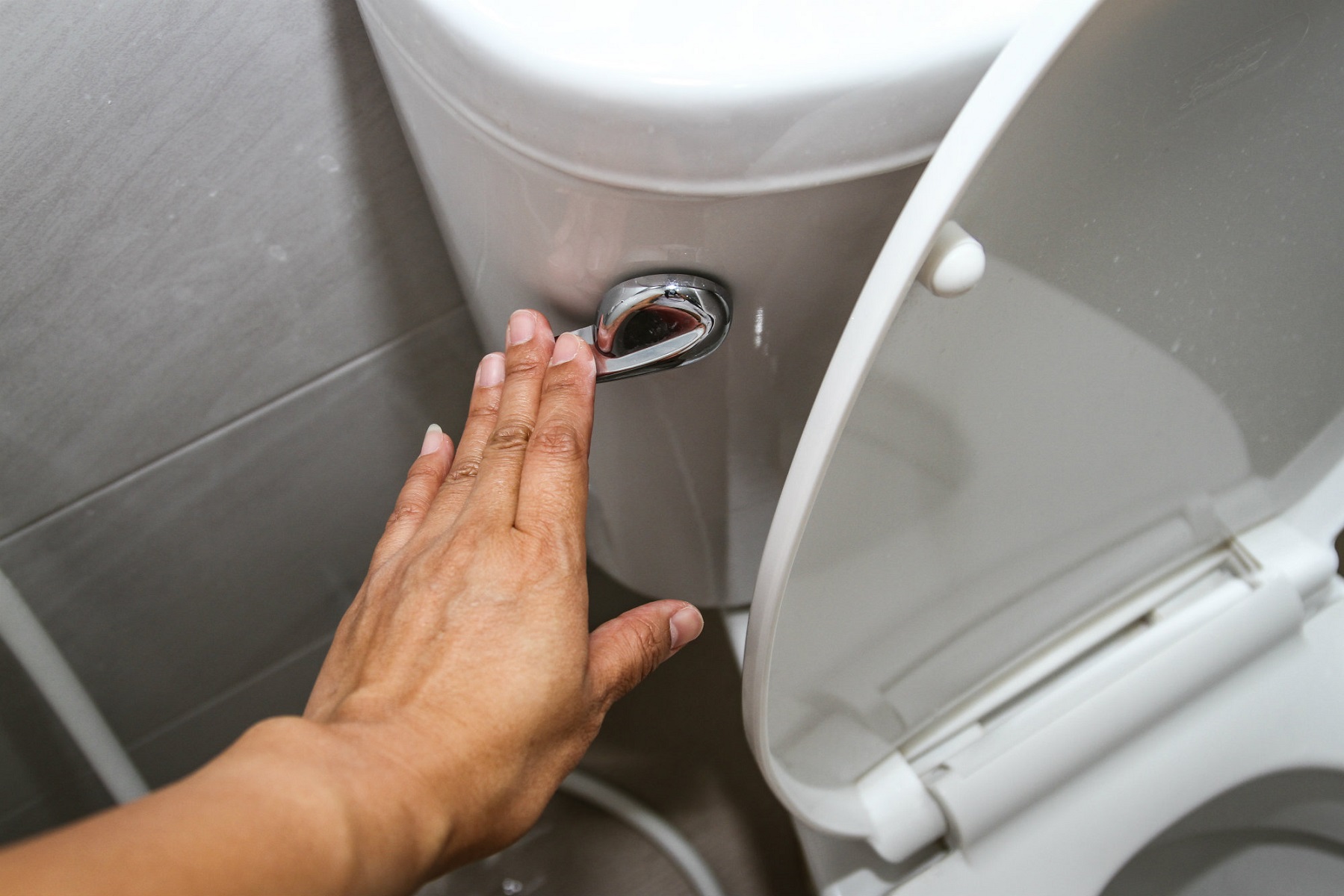
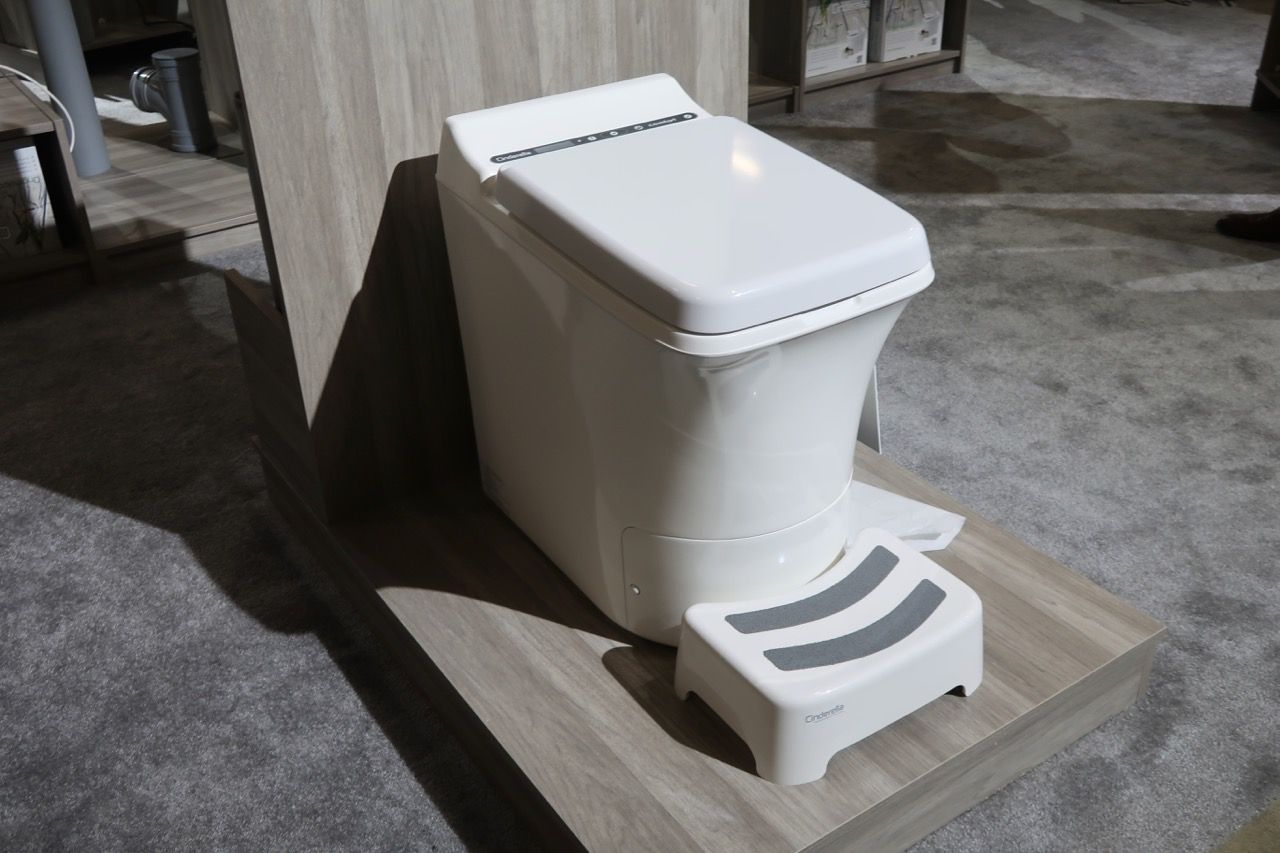
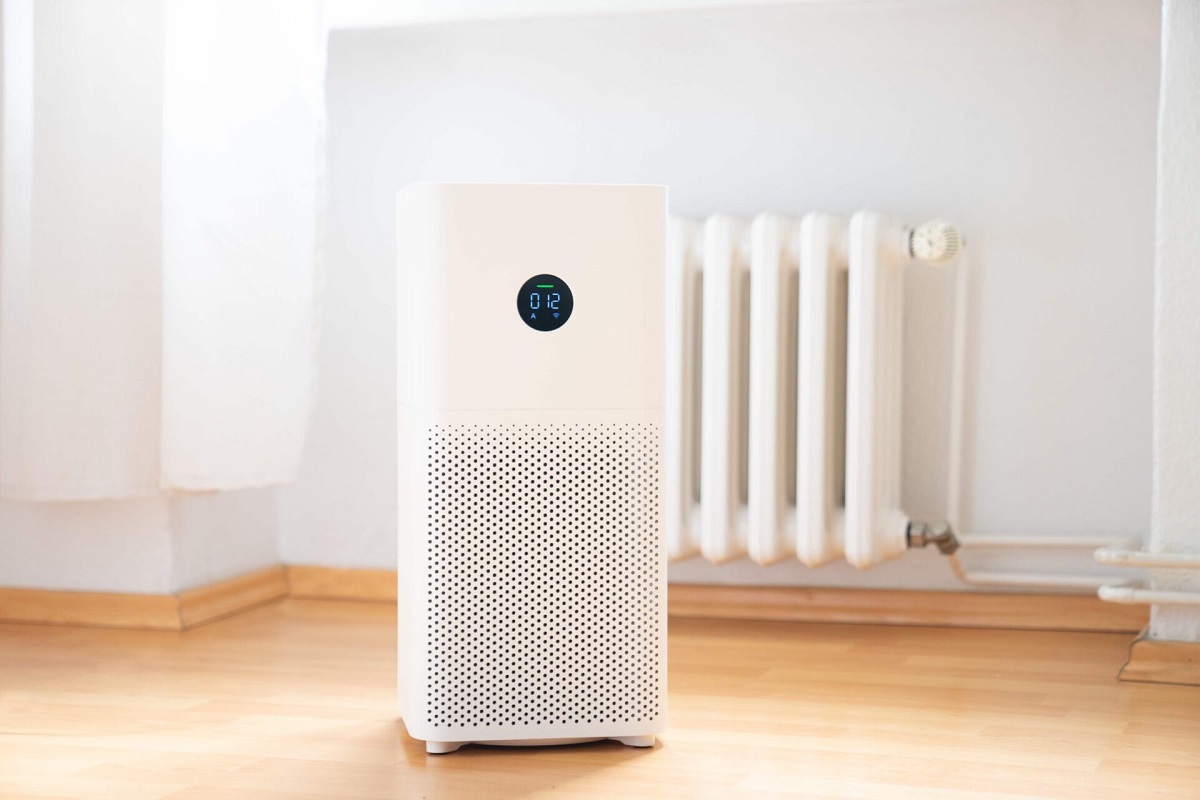
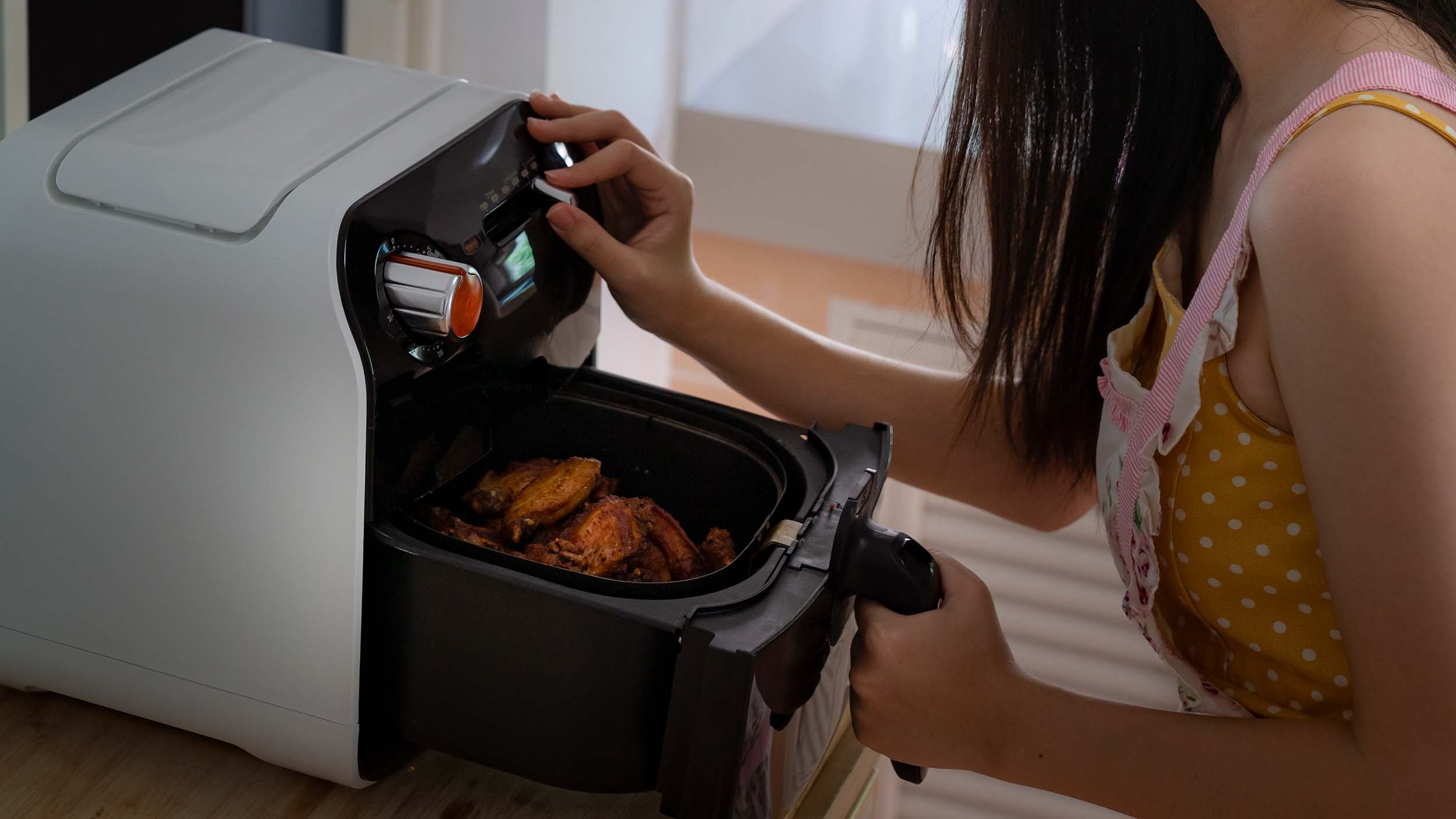
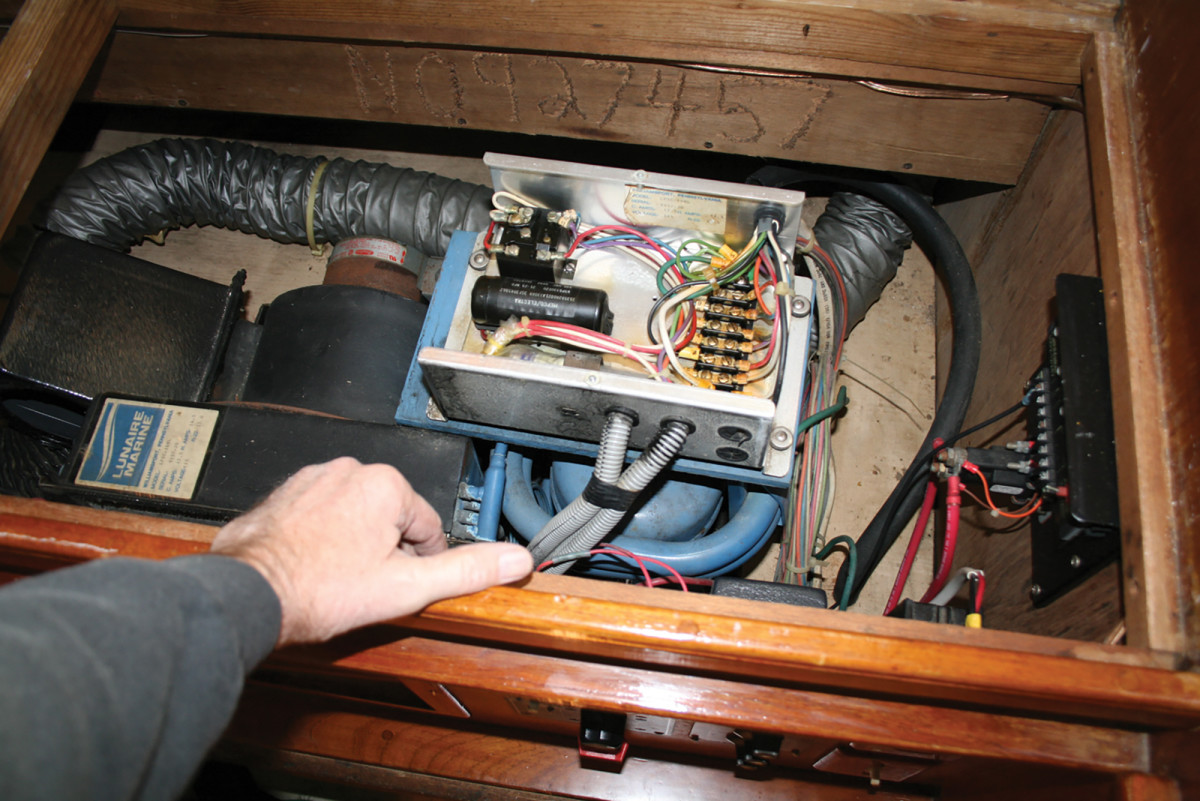
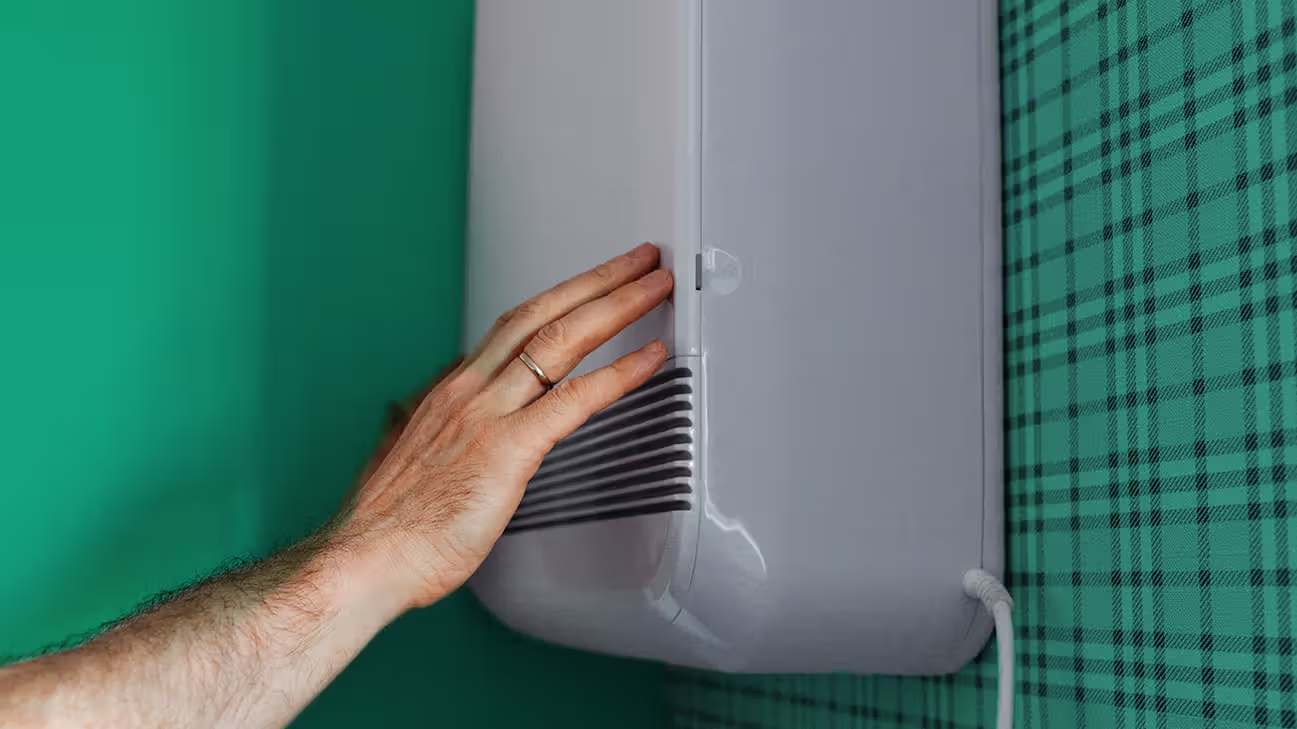
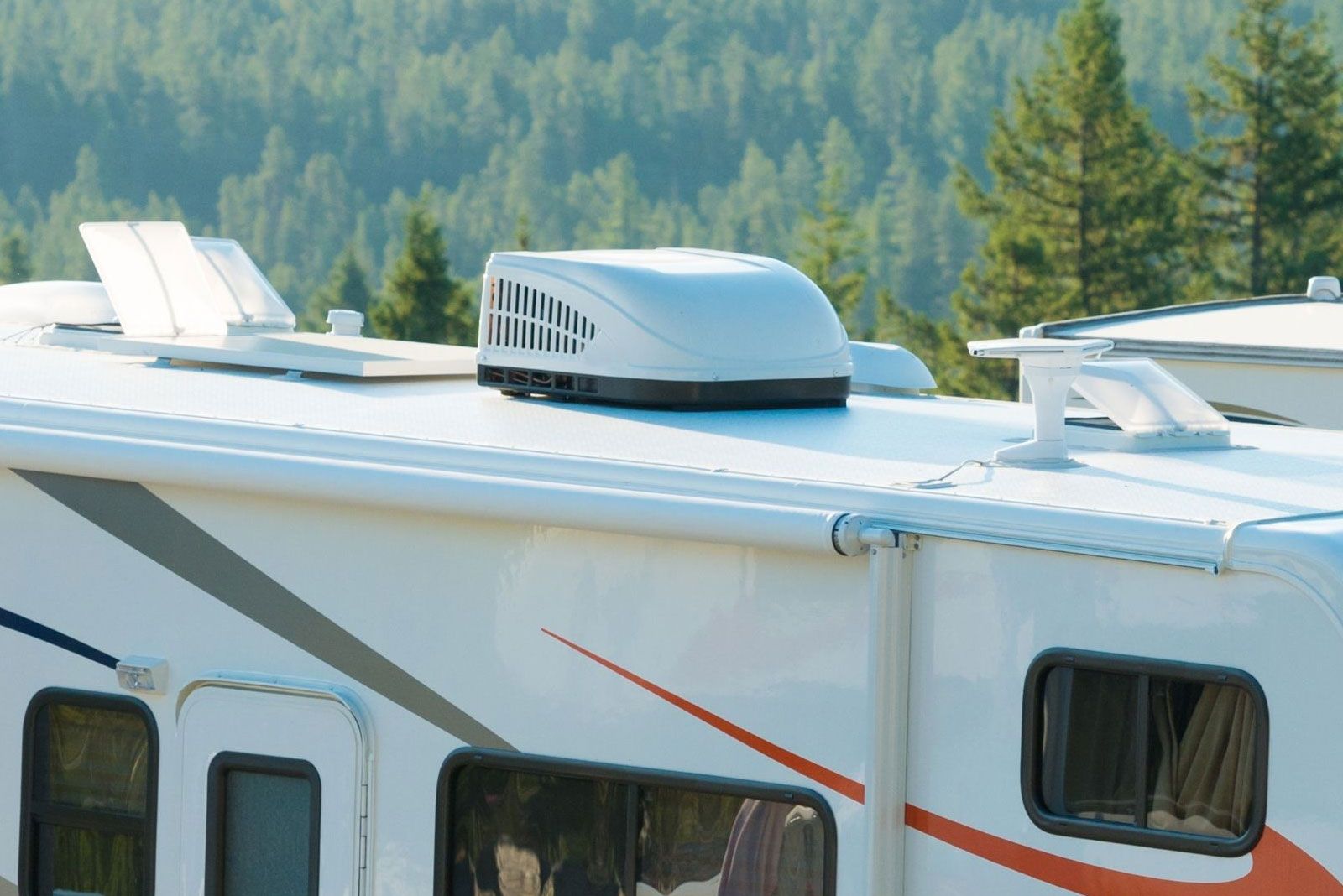
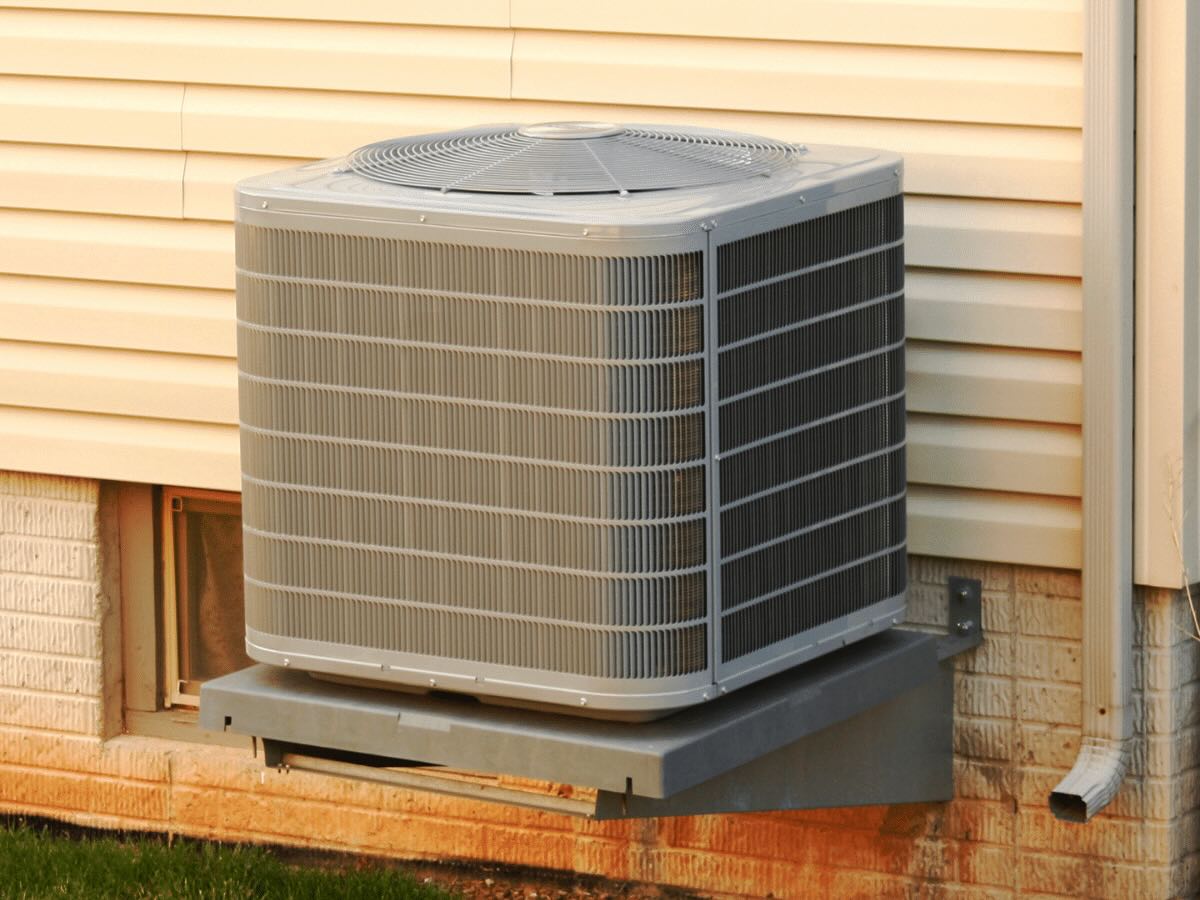
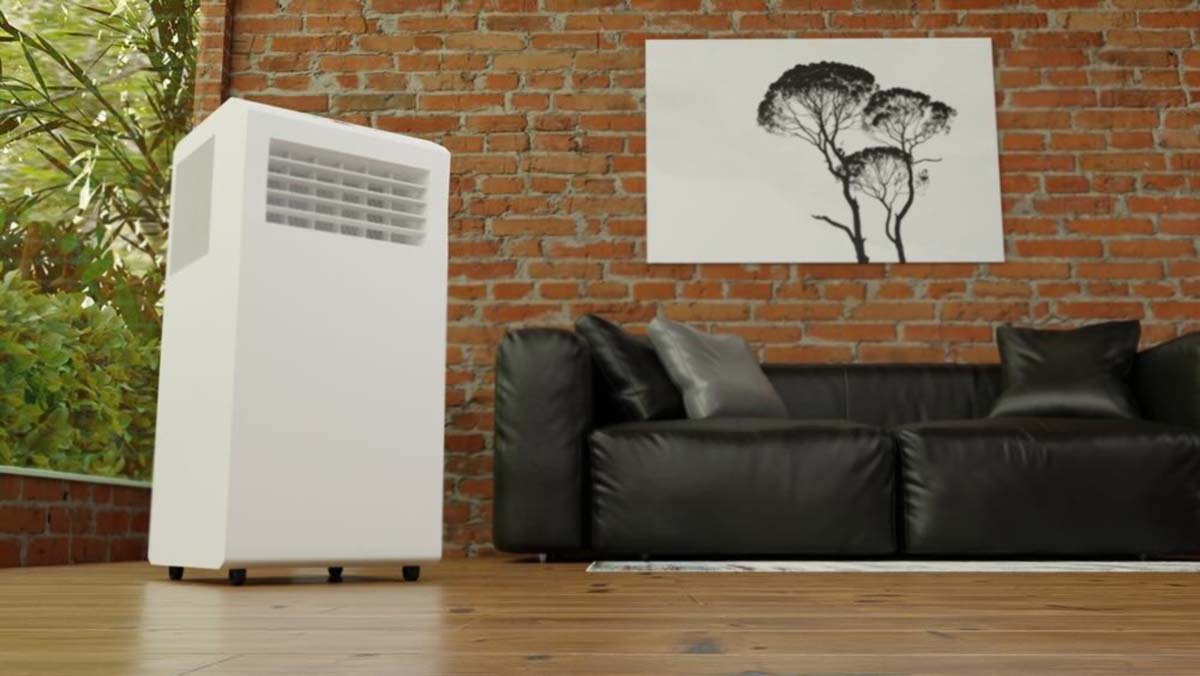

0 thoughts on “How Does A Air Fryer Work”